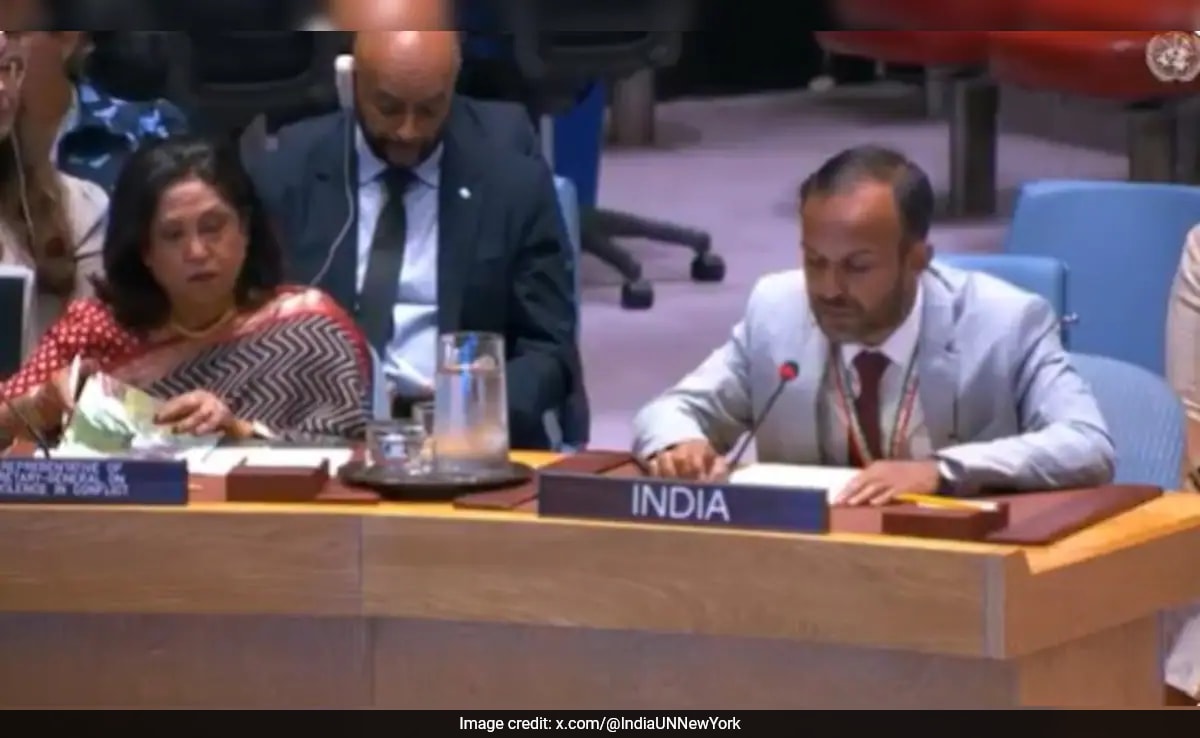Spokeswomen for the court and the Justice Department declined to comment, but a U.S. official confirmed that the petition was granted and the opinion was undergoing classification review before release.
âThis is a landmark victory for the rule of law and a much-needed reminder to the US government that there are limits on what it may do in the name of national security,â Gul attorney Tara Plochocki said in a written statement.
Gulâs counsel Mark Maher, with the nonprofit group Reprieve, said the lawyers were thrilled for their client.
âA federal court has finally affirmed what Asad has known for so long: he should be home with his family, and his detention is unlawful,â Maher said.
The basis of the ruling remains classified, and only brief opening statements of proceedings were made public earlier this year. U.S. prosecutors said they planned to keep arguments in secret sessions because of the detaineeâs purported sensitive statements to U.S. interrogators and to an unnamed witness.
Gul, 40, was captured in 2007 by Afghan forces, turned over to the United States, and remains one of the last 39 detainees held at the prison at Guantánamo Bay, Cuba. He is also one of only two Afghans who remain out of 219 sent following the U.S. invasion of Afghanistan in 2001. President Biden formally ended the U.S. war in Afghanistan in August.
Earlier this month in a separate proceeding, the U.S. government determined it was safe to transfer Gul, who has never been charged with a crime, out of Guantánamo. He is among 13 men who have been recommended for transfer by the multiagency Periodic Review Board (PRB), on the basis that they are not considered to pose a threat to U.S. national security. Among other things in its decision, the Periodic Review Board cited Gulâs âlack of a leadership role in extremist organizations and his lack of a clear ideological basis for his prior conduct.â
Three of the men have continued to be held for more than a decade, and clearance is no guarantee of release. Attorneys for those detainees say that these menâs continued detention, despite having been cleared, necessitates action by a court.
Gulâs lawyers challenged his detention in federal court in July 2016, and argued in a hearing this spring that Bidenâs troop withdrawal announcement effective September 2021 amounted to a declaration that the U.S. war in Afghanistan was ending and that all prisoners of said war should be released.
Early this year, the U.S.-backed Afghan government â before the Talibanâs return to power â also filed its support for Gulâs release in court, saying his continued detention was âdetrimentalâ to U.S.-Afghan relations.
Gul âis a prisoner of war â a war that has been over for many years,â Plochocki argued in May for Gulâs legal team, including the Lewis Baach Kaufmann Middlemiss law firm. Plochocki said the fact that Gul remains detained has âgotten ridiculous,â saying he is one of about 20 men still at the prison âwho have not been and never will be charged with a crime.â
Prosecutors argued that Gulâs detention, while lengthy, remained justified.
Gul at the time of his capture was a member of Hezb-i-Islami Gulbuddin, a paramilitary group then allied with al-Qaeda, that resisted the U.S. invasion in 2001
The HIG made peace with the government in Kabul in September 2016. Hundreds of its members have been freed from Afghan prisons, and its former CIA-backed leader, Gulbuddin Hekmatyar, who continues to have a presence in the countryâs political dialogue. The U.S. government has also freed scores of Taliban from Guantánamo, including high-ranking members who now hold leadership roles in Kabul.
But prosecutors argued that Gulâs ties to al-Qaeda went deeper, and that the U.S. government remained at war with al-Qaeda.
Gul made several trips to training camps specializing in chemicals and explosives, helped transport money, communications and individuals, and carried out âother operational taskingsâ for al-Qaeda operatives, U.S. prosecutor Stephen McCoy Elliott said in May. Gul also became close to the only other Afghan still at Guantánamo, Muhammad Rahim al Afghani, a former translator for Osama bin Laden who helped the latter escape Afghanistan in late 2001, Elliott alleged.
The governmentâs position in Gulâs habeas case appears fundamentally at odds with the position reached by the Periodic Review Board â a body composed of representatives from the CIA, the Defense Intelligence Agency, Homeland Security and the Justice Department. The purpose of the PRB is to determine whether a detainee still poses a viable threat to U.S. national security, and earlier this month, the board found that Gul does not.
But while the board assesses a detaineeâs dangerousness and makes a recommendation on that basis, it does not make a determination on whether it is legal for the government to detain them â thatâs where a habeas ruling comes in.
âThe decision for the habeas petition is whether or not its legal, and the decision for the PRB is whether or not itâs wise,â explained Maher in an interview last week, likening the PRB to a âparole board.â
At his May hearing, prosecutors said they would provide the judge with classified evidence to support their allegations of Gulâs ties to al-Qaeda. They asserted that Gul trained with a student organization associated with Khalid Sheikh Mohammed â the alleged mastermind behind the terrorist attacks of Sept. 11, 2001 â and provided âsubstantial supportâ to al-Qaeda through the time of his capture as evidenced by his purported admission of the location of three of the groupâs operatives, the prosecutor said.
The hearing for Gul was the first involving a Guantánamo Bay prisoner petitioning for federal court review in two years and was scheduled before Biden announced the planned withdrawal of all U.S. troops by the 20th anniversary of the 9/11 attacks, a timeline upended by the collapse of the U.S. backed government and return of the Taliban to Kabul.
Abigail Hauslohner contributed to this report.
.png)











 English (United States) ·
English (United States) ·  Turkish (Turkey) ·
Turkish (Turkey) ·